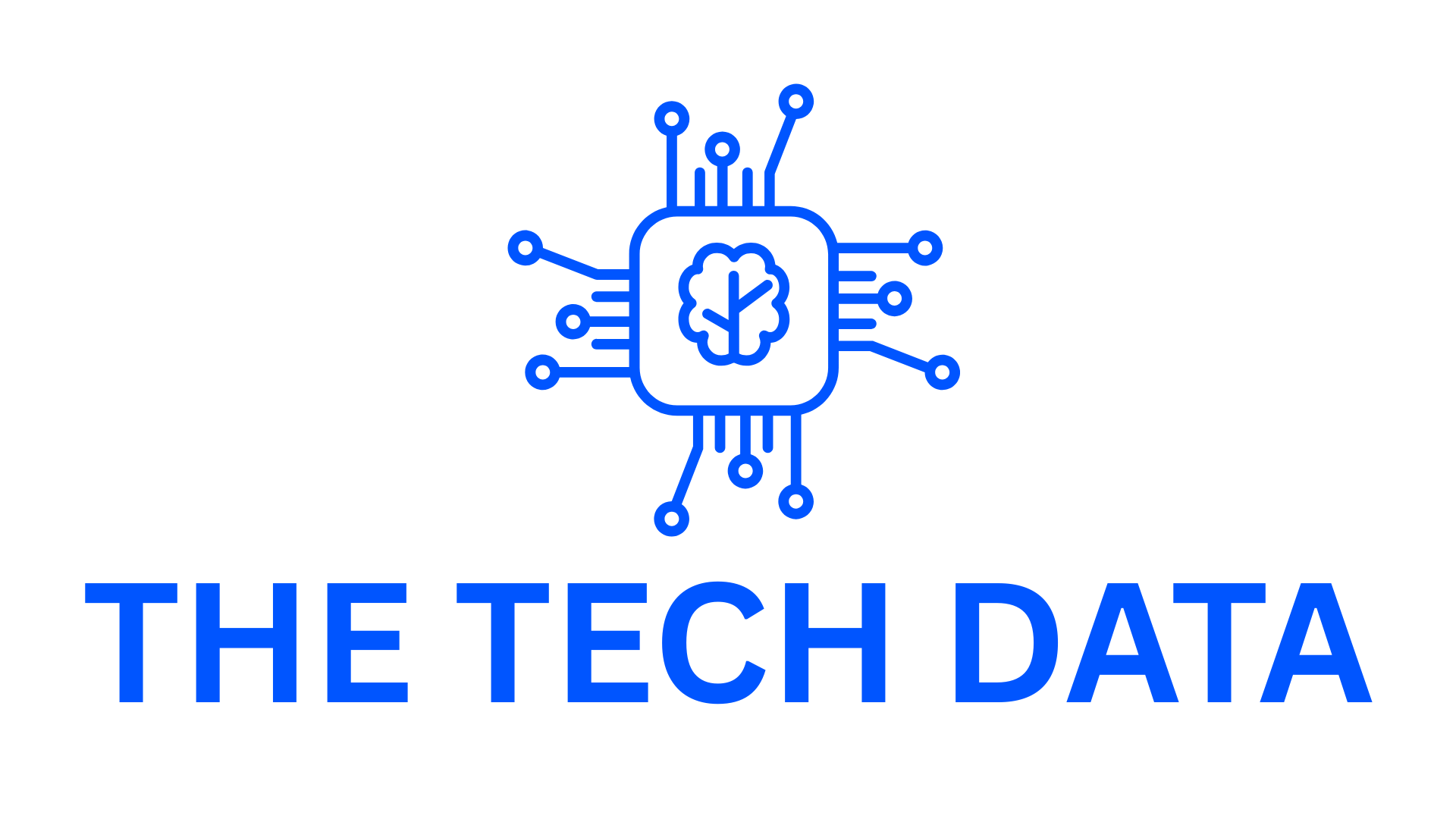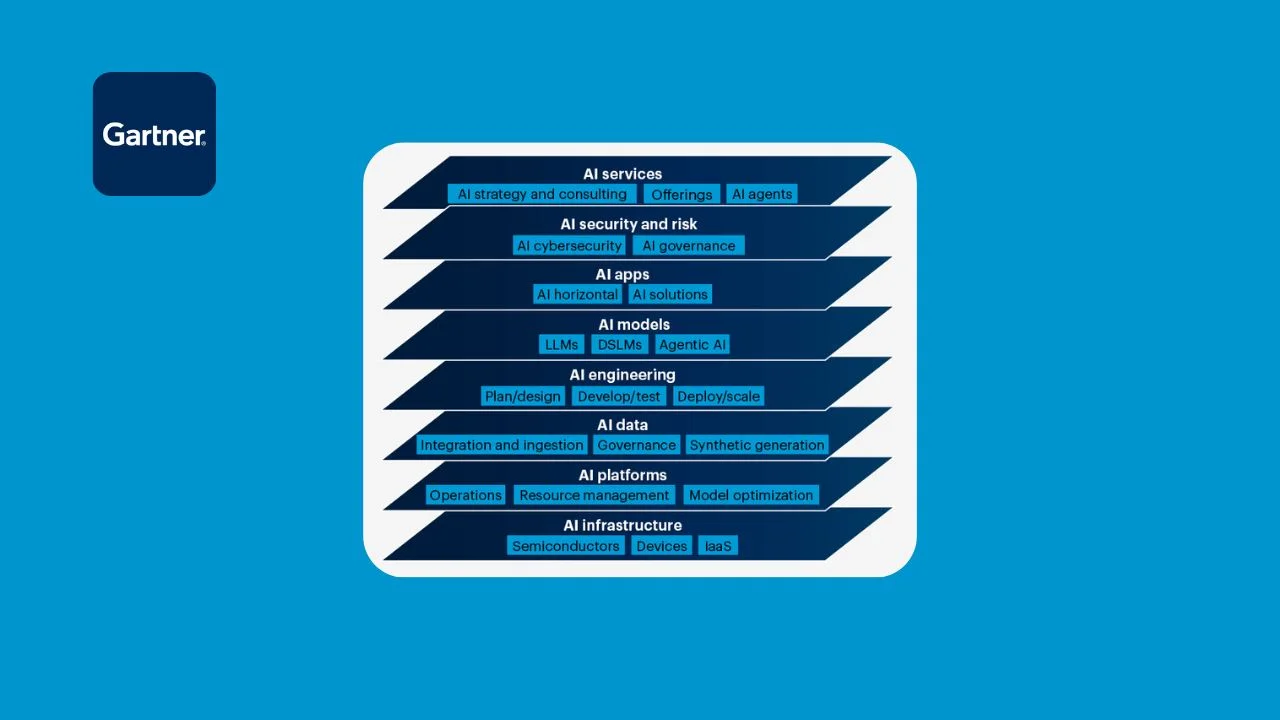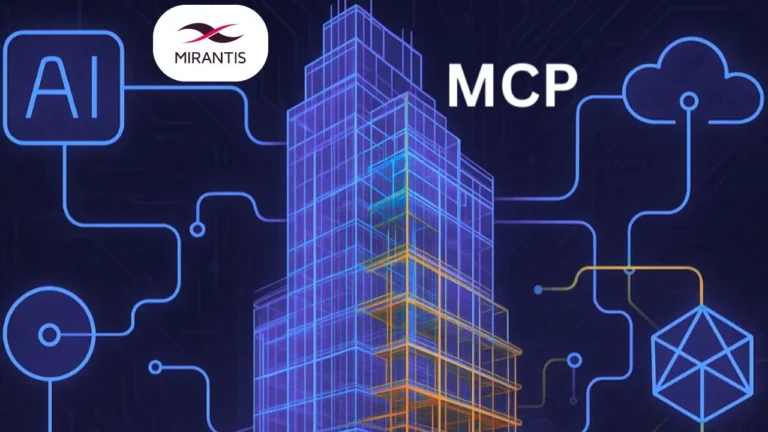The AI Vendor Race: Redefining Competition Across the Technology Landscape
The artificial intelligence (AI) vendor race is reshaping the technology industry at an unprecedented pace, according to Gartner, Inc., a leading business and technology insights company. As providers compete across the AI technology stack—spanning infrastructure, models, applications, and services—the dynamics of competition are evolving rapidly. This transformation is compelling every tech provider to rethink what it takes to succeed in this volatile and fast-changing environment.
In its report, The AI Vendor Race: What It Takes to Win in Volatile Conditions, Gartner analysts delve into the multifaceted nature of these competitions. Rather than a single race with a definitive endpoint, the AI vendor landscape is characterized by overlapping contests where the goals vary—from achieving market leadership and technological breakthroughs to simply maintaining relevance. Understanding these nuances is critical for vendors aiming to thrive in this shifting ecosystem.
A Multifaceted Race Across the AI Stack
The AI vendor race is unfolding across multiple layers of the AI technology stack, from foundational infrastructure to end-user applications. Large incumbents, rising contenders, and new entrants are all vying for dominance in different areas. However, traditional value propositions that focus solely on selling tools or platforms are no longer sufficient to drive AI adoption.
“The AI vendor race is not a single race with a clear finish line, but rather a series of overlapping competitions,” said Anthony Bradley, Group Vice President at Gartner. “Vendors must pay close attention to the frequent shifts in the market to gain advantage and protect their position.”
To succeed, providers must develop a deep understanding of competitor capabilities, anticipate likely moves, and align their strategies with evolving customer expectations. Moreover, they need to grasp the adoption behaviors of enterprises and position themselves to meet or even shape demand effectively.
The Rapid Maturation of GenAI
One of the most striking trends in the AI vendor race is the rapid maturation of generative AI (GenAI). Unlike previous innovation cycles, GenAI advantages are eroding at an accelerated rate, putting immense pressure on tech providers to stay ahead. For instance, within just 36 months, GenAI capabilities are expected to become baseline requirements for software offerings. By 2026, more money will be spent on software with GenAI features than without.
This rapid evolution is reflected in market projections. The GenAI models market is forecasted to grow by 149.8% in 2025, reaching over $14 billion. By 2028, Gartner predicts the market will stabilize at a 38% annual growth rate as GenAI becomes deeply embedded in applications. Similarly, the global market for AI-optimized servers is projected to grow by 90.9% in 2025, and by 2027, nearly all premium computing devices will be AI-enabled.
Shifting Focus: From Use Cases to Business Outcomes
As the GenAI market matures, providers must pivot from functional, use-case-oriented AI solutions to approaches that deliver tangible business outcomes tied to mission-critical initiatives. According to Gartner, less than one in five GenAI projects will achieve their desired business value through 2026. To bridge this gap, product leaders must integrate targeted business outcomes into every stage of product engineering, marketing, and implementation.
“Providers must move beyond merely offering AI tools and instead focus on delivering real business impact,” Bradley emphasized. “Those who fail to make this shift risk falling behind in an increasingly competitive market.”
This strategic pivot requires a fundamental rethinking of how AI capabilities are integrated into product offerings. Vendors must address the “why, when, and how” of incorporating GenAI features to ensure they align with customer needs and deliver measurable value.
Strategies for Success in the AI Vendor Race
To navigate the complexities of the AI vendor race, Gartner offers several key recommendations for tech providers:
- Understand Competitor Dynamics: Vendors must closely monitor competitors’ capabilities and anticipate their next moves. This includes analyzing demonstrated strengths and potential vulnerabilities.
- Align with Customer Expectations: Providers should focus on understanding the adoption behaviors of enterprises and tailor their offerings to meet or exceed expectations. This involves moving beyond technical specifications to emphasize business outcomes.
- Invest in Mission-Critical Solutions: With GenAI becoming a baseline requirement, vendors must prioritize solutions that address core business challenges and deliver measurable ROI.
- Leverage Real-World Insights: Tools like Gartner’s AI Use Case Insights can help providers identify high-value opportunities by exploring over 500 use cases and 380 case studies across industries and functions.
- Adapt to Market Shifts: Given the rapid pace of change, agility is essential. Vendors must remain flexible and responsive to emerging trends and technologies.
Resources for Navigating the AI Vendor Race
For Gartner clients, the Gartner AI Vendor Race microsite provides valuable insights into the competitive landscape and actionable strategies for success. Non-clients can explore additional resources, including the article Tech Vendors: Here’s What It Takes to Win in the AI Race. Additionally, Gartner’s complimentary ebook, Top GenAI Opportunities for Tech Products, offers practical guidance on integrating GenAI capabilities into product offerings.
Gartner’s AI Use Case Insights tool further empowers technology and business leaders to discover, evaluate, and prioritize AI use cases. By leveraging real-world examples and Gartner’s assessments of potential business value, clients can make informed decisions about where to focus their efforts.
About Gartner AI Use Case Insights
Gartner AI Use Case Insights is an interactive tool that helps technology and business leaders efficiently discover, evaluate, and prioritize AI use cases to potentially pursue. Clients can search over 500 use cases (applications of AI in specific industries) and over 380 case studies (real world examples) based on industry, business function, and Gartner’s assessment of potential business value. Clients can access the interactive tool at https://tools.gartner.com/use-case-insights.
Gartner IT Symposium/Xpo
At Gartner IT Symposium/Xpo, CIOs and IT executives will learn how to become agents of change in their organizations and harness AI for successful digital transformation. Follow news and updates from the conferences on X and LinkedIn using #GartnerSYM, and on the Gartner Newsroom.
About Gartner for High Tech Leaders and Providers
Gartner for High Tech Leaders and Providers equips tech leaders and their teams with role-based best practices, industry insights and strategic views into emerging trends and market changes to achieve their mission-critical priorities and build the successful organizations of tomorrow. Additional information is available at www.gartner.com/en/industries/high-tech.
Follow news and updates from Gartner for High Tech on X and LinkedIn using #GartnerHT. Visit the Gartner Newsroom for more information and insights.
About Gartner
Gartner, Inc. (NYSE: IT) delivers actionable, objective business and technology insights that drive smarter decisions and stronger performance on an organization’s mission-critical priorities. To learn more, visit gartner.com.







